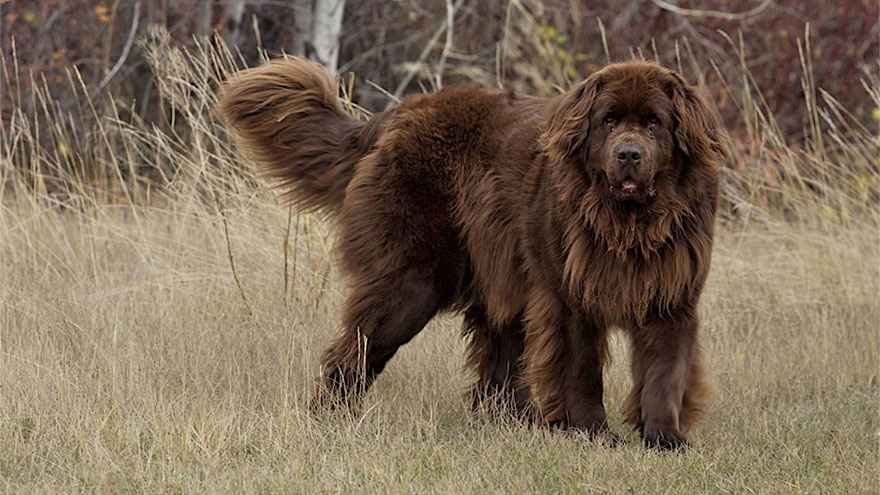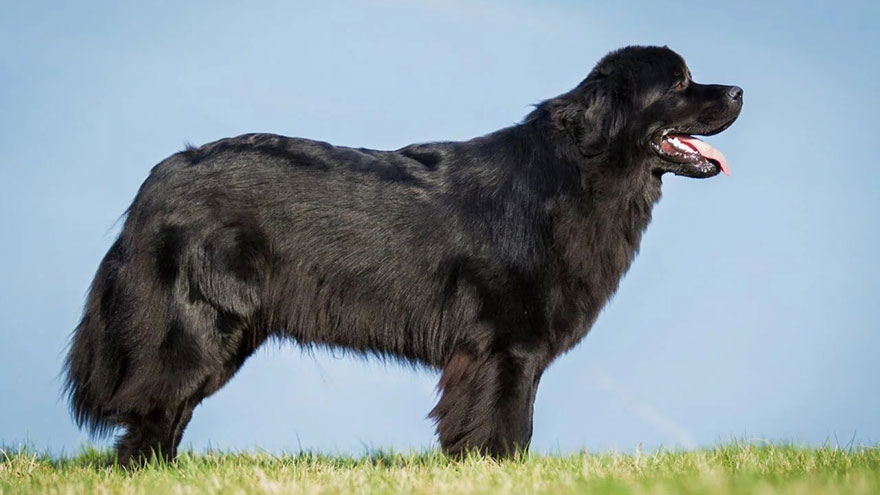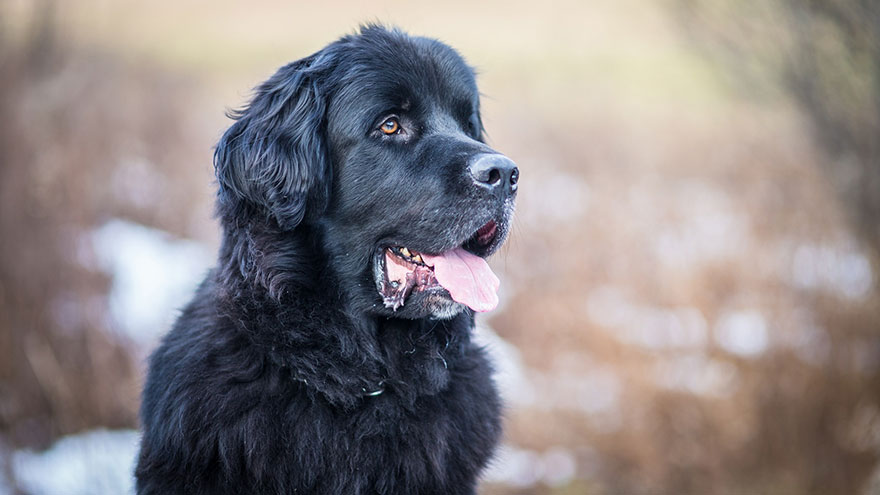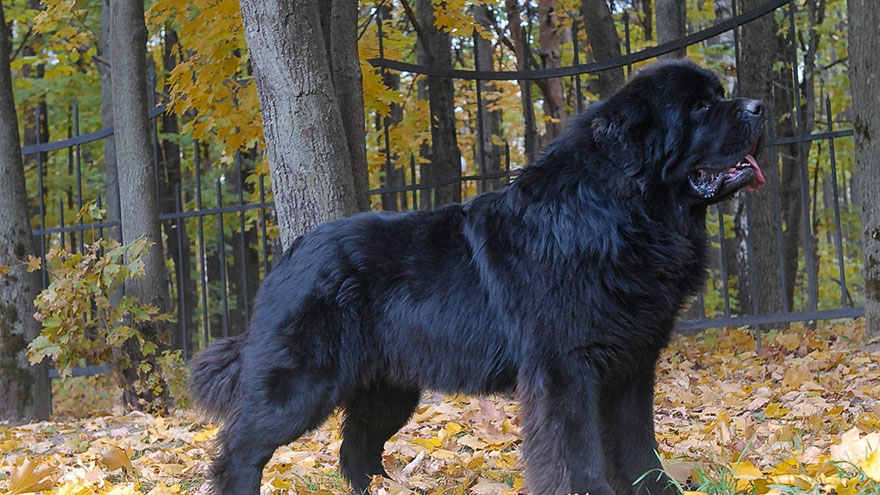Newfoundland Breed Information
Consider the Newfoundland when you are thinking about adding a family pet that is beautiful, patient and, above all, gentle. Of course, you may want to think about the massive size of this wonderful breed. A pet that weighs 140 pounds and stands nearly three feet tall may not be a good fit for the smaller home.
However, if you have the room in your home and want a great companion for hiking and camping, the Newfoundland may be just the right dog for you.
Experienced owners of this magnificent breed enjoy the even temper of their pet and the devotion to family members.
Newfoundland Temperament
If there is a key trait in the personality of the Newfoundland, it has to be gentleness. Just about every story you hear from owners of this breed contains an anecdote or two about the loving, calm nature of this large dog. Although the Newfoundland is huge and very strong, these traits are naturally directed toward ensuring the safety of family members. The breed is one of a few that seem to have friendship as its goal in life.
Breeding and early training are very important to the Newfoundland, as is the case with any purebred dog. Several owners have related stories about abused Newfoundlands they have taken in from a rescue shelter. In the beginning, these dogs were difficult to live with.
With time and firm, gentle treatment, the new pets became treasured family members. In the right home, a Newfoundland will display the gentle, loving nature that is so much a part of the breed.

Newfoundland Size and Color
The Newfoundland is most often black in color but there are individual dogs that have beautiful bronze coats. In addition, some Newfoundlands have brown or gray coats. The white coat with black markings (Landseer) is considered a different breed in Europe but is recognized as a Newfoundland by the American Kennel Club and other organizations.
The male of this huge breed will stand from 26 inches to 29 inches tall. The female will be about two inches shorter. Then, adult males of the Newfoundland breed usually weigh from 130 pounds to 150 pounds, while the female generally weighs 100 pounds to 120 pounds.

Newfoundland Feeding and Grooming Requirements
Some of the top breeders of Newfoundlands have found that a consistent diet of raw foods aimed at the specific breed is very successful. For the most part, these breeders avoid lower-priced commercial foods that contain large amounts of grain such as corn, wheat, and soy.
Owners of many purebred dogs report that their pets sometimes develop skin conditions and breathing problems with cheaper quality commercial foods.
The key is to avoid those foods that do not contain sufficient amounts of minerals, proteins and usable fats that dogs need. For instance, commercial foods of the right kind can be just fine for your Newfoundland but you may have to do some research and shopping around to find a brand and recipe that suits your pet. Foods with meat as the source of protein are usually best.
When it comes to grooming your Newfoundland, weekly brushing is a key to maintaining a healthy, non-matted coat. Use a hard brush but employ gentle, long strokes.
The Newfoundland undercoat, which is usually shed in the spring and fall, will need a little extra attention at these times. This breed spends much of its time indoors tend to lose much of their undercoat.
It would probably be best not to bathe your Newfoundland unless absolutely, necessary because bathing removes some of the natural oils that protect the dog in damp weather and when it enters the water. Some Newfoundland owners recommend professional grooming for the breed.

Newfoundland Exercise Needs
Generally, the Newfoundland will be happy in the house and just walking around to be with family members. However, it would be best to give your pet some regular exercise, even if it is just a short walk and a few minutes in the open. The Newfoundland will be happiest if it is given some opportunity to swim as well.
The Newfoundland has always been a working dog. Therefore, it is common to see some dogs of this breed still pulling a cart or carrying a pack of supplies on a camping trip. The Newfoundland is also an excellent water rescue dog, so be prepared to give your new pet some time to trot about and play in the water.

Read More About

